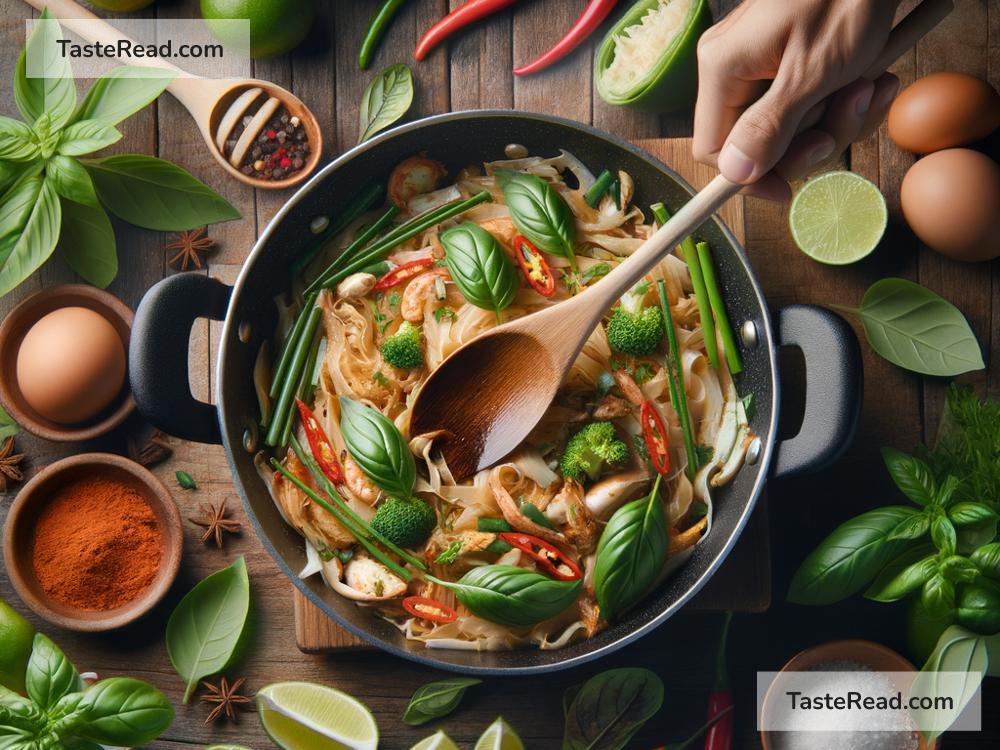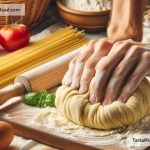Title: A Flavor Revolution: How Thai Cooking Redefined My Palate
As someone who spent years confined to the comfort zone of my native cuisine, stepping into the world of Thai cooking was less of a step and more of a leap—a leap that fundamentally altered not only my approach to flavors but also how I think about food in general.
My culinary journey began rather mundanely. I was stuck in a routine, preparing the same dishes week in and week out, my taste buds numb to the excitement flavors could bring. This all changed when I decided, on a whim, to attend a Thai cooking class. Little did I know, this whim would ignite a passion for Thai cuisine and lead me on a path to culinary discovery.
Thai cuisine is a perfect symphony of flavors—sweet, sour, salty, and spicy are balanced in a delicate dance that teases and pleases the palate in equal measure. My first encounter with this balance came when I learned to make Tom Yum Goong, a spicy shrimp soup that is a staple in Thai cooking. The combination of lemongrass, galangal, lime leaves, and chili peppers created a flavor profile that was entirely new to me. It was a revelatory moment, realizing that food could excite the senses so profoundly.
From there, I ventured into making Pad Thai, Green Curry, and Som Tum, each dish teaching me the virtues of balance and harmony in cooking. What amazed me the most was the meticulous attention to detail in Thai cuisine, where every ingredient had a purpose, and every flavor was intentional. It wasn’t just about creating a spicy dish but about finding the right level of heat that wouldn’t overpower the sweetness of the coconut milk or the tartness of the tamarind. This intricate balancing act was a far cry from my earlier, more simplistic approach to cooking.
Learning to cook Thai food introduced me to a palette of flavors I had never encountered before. Ingredients like fish sauce, tamarind paste, and palm sugar became staples in my kitchen. I learned that fish sauce, with its pungent aroma, could add depth and umami to dishes, transforming them from flat to flavorful. Tamarind paste, with its sour taste, became my secret weapon for adding a vibrant kick to sauces and dressings. And palm sugar introduced a subtle sweetness that refined and rounded out spicy and sour elements perfectly.
But it wasn’t just the new ingredients that changed my approach to cooking; it was also the techniques. I learned the importance of pounding ingredients in a mortar and pestle to release their full range of flavors—a technique I had previously ignored, opting instead for the convenience of a food processor. This meticulous approach to preparing ingredients showed me how respecting the process can result in a dish that is greater than the sum of its parts.
As I delved deeper into Thai cooking, I began to experiment with applying these principles to other cuisines. I started to play with balancing flavors in my own recipes, adding a splash of lime to brighten up a stew or a pinch of sugar to balance the acidity in a tomato sauce. I became more daring in my use of spices, exploring their potential to transform a dish from ordinary to extraordinary.
This exploration of Thai cuisine has also made me more aware of the importance of quality ingredients. Fresh herbs and spices, ripe fruits, and vegetables, and high-quality proteins are the backbone of Thai cooking, and they have become non-negotiable in my kitchen. I’ve learned that taking the time to source better ingredients can elevate a dish from good to spectacular.
In essence, learning to cook Thai cuisine has been a journey of discovery, not just of new flavors and techniques, but of a new philosophy of cooking. It taught me the importance of balance, respect for ingredients, and the joy of experimentation. Cooking is no longer about following recipes to the letter but about understanding the interplay of flavors and using that knowledge to create dishes that delight and surprise.
To those who find themselves stuck in a culinary rut, I encourage you to explore the rich world of Thai cuisine—or any other cuisine that piques your interest. You might just find, as I did, that it revolutionizes your approach to cooking and opens up a whole new world of flavors to explore.


